As 90s and 00s nostalgia hits culture and media harder than ever in recent years, many indie developers have turned to creating games inspired by their childhood – and they are devoted to making the experience as authentic as they can. This includes the odd bugs and imperfections representative of games developed on past-generation hardware. However, what do industry veterans, who have spent most of their careers wrestling with technical limitations, think about the recent popularity of PS1 and low-poly inspired games?
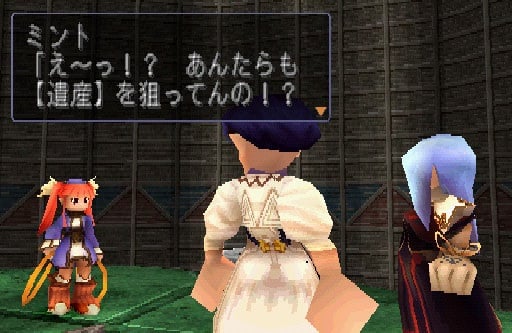
Square Enix programmer Koji Sugimoto, who worked on Final Fantasy X, Xenogears and Threads of Fate among other titles, commented on the topic in a recent X post. In response to an official post by Unity Japan showcasing a new feature that allows devs to easily replicate the texture warping and slightly distorted feel of low-poly graphics, Sugimoto said, “Back in the day, we used to put in painstaking work and made many futile efforts to avoid texture warping, only for it to be called ‘charming’ nowadays.”
While many gamers nowadays think dearly of the slightly distorted look of PS1 games, it is understandable why veteran programmers like Sugimoto might be baffled by the phenomenon. Back in the day, dealing with warped textures was not an easy task, and developers did their utmost to make them look as realistic as possible. But why was the issue so difficult to manage, especially for consoles like PS1?
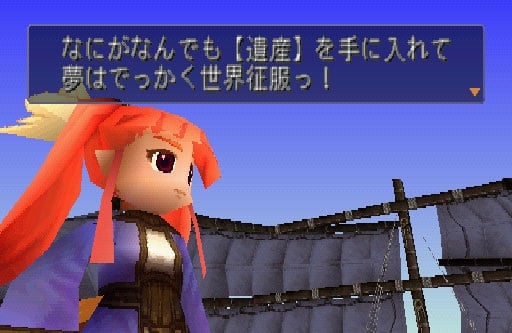
The “texture warping issue” in question was actually a result of the limitations of the PlayStation, which didn’t have a built-in Z-buffer (depth buffer) and had to rely on affine texture mapping. So, what does this exactly entail? For reference, modern GPUs are built for 3D rendering, so they automatically determine which objects are closer and which are farther from the camera – thus regulating how those objects overlap, making sure which surfaces should be in front of others. r. However, PlayStation’s GPU couldn’t do that – the lack of a depth buffer meant that the hardware itself had no way to determine how the 3D objects and polygons were positioned in relation to each other (without it, surfaces farther from the camera would cover objects closer to the camera, compromising the illusion of a realistic 3D space).
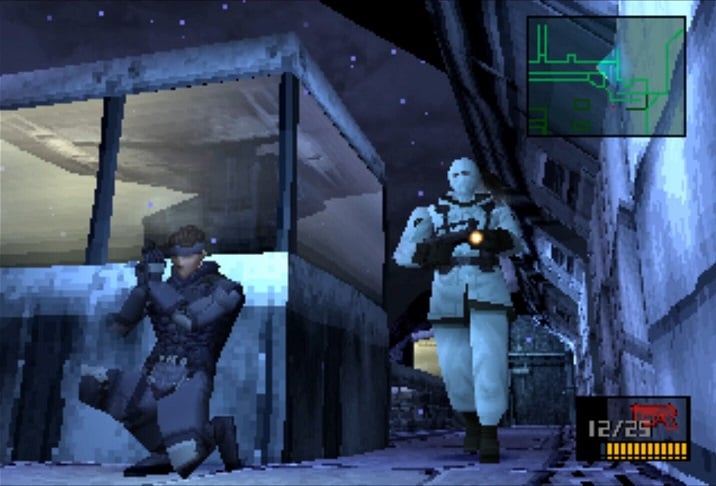
Software developers had to work their way around this issue by manually sorting polygon information in the right order so that realistic portrayal of perspective is maintained. Furthermore, because of the hardware’s inability to process depth (Z coordinates), developers relied on affine texture mapping – a way of projecting textures on objects that doesn’t rely on depth and only uses X and Y coordinates. However, this brought another problem for the game developers. Since affine texture mapping didn’t account for the perspective, it ended up making the objects warped and inaccurate when viewed from different angles. Additionally, there was also a problem of pixels jittering and wobbling due to the hardware’s lack of ability to accurately distribute them on the screen.
This caused a lot of trouble for PS1 developers, who had to go through the tedious work of hiding the distortions and polishing the wobbliness as best as they could. Sugimoto reminisces on this in one of his earlier posts. “It’s detestable,” he commented on the warping issue he struggled with during his days developing games for the PS1. “I spent so many work hours in vain trying to work my way around [warped textures]. I just don’t get what’s so interesting about trying to replicate that.”
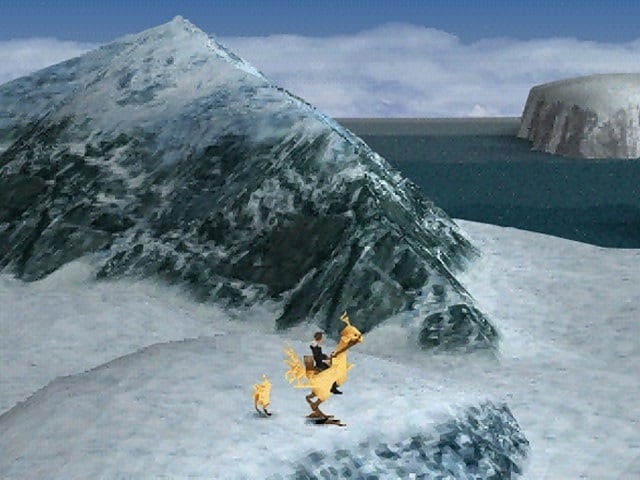
What once caused headaches to PS1 programmers is now thought of as an appealing feature that marked the era – and many developers nowadays are trying to work their way backwards to achieve its rugged, nostalgic look using modern hardware. It’s not just the devs though, as demand for nostalgia games among players is just as high. This probably makes people like Sugimoto a minority, but it’s not hard to relate to their frustration either, as they are basically seeing the unintentional “flaws” they failed to iron out celebrated as “signature” characteristics of the games they created.

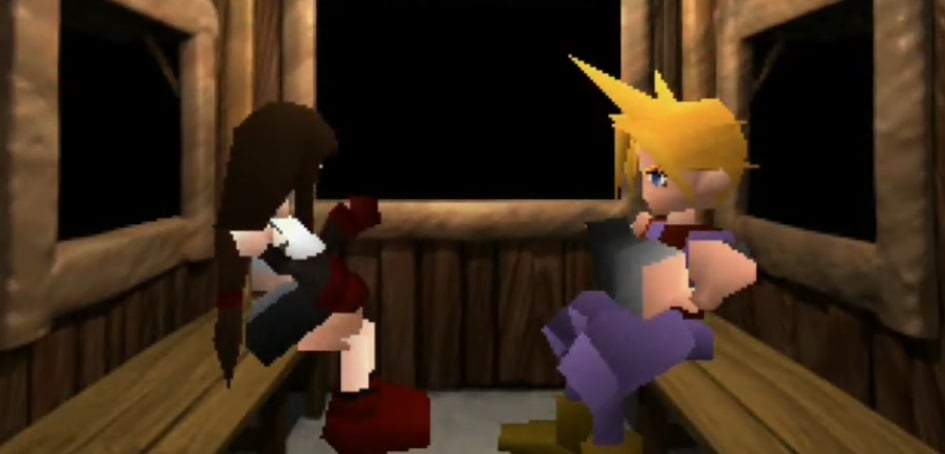

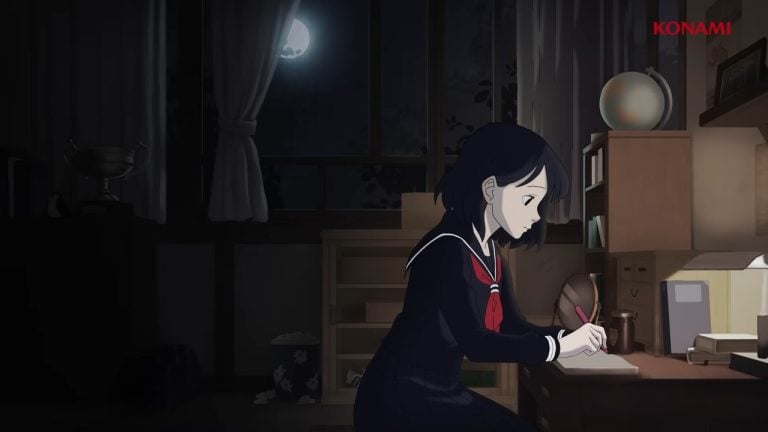
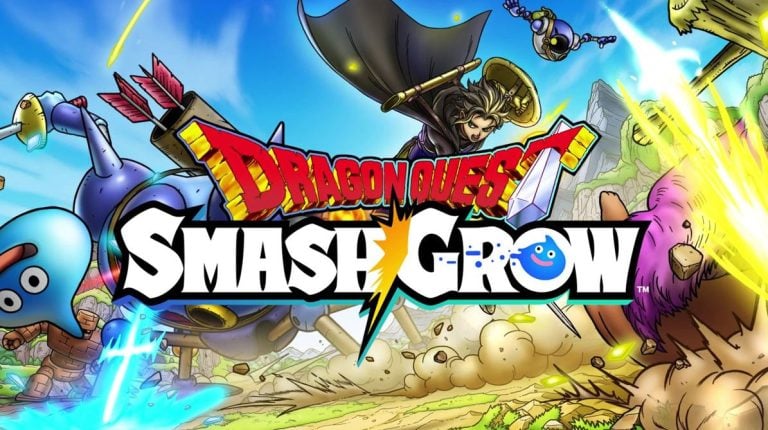
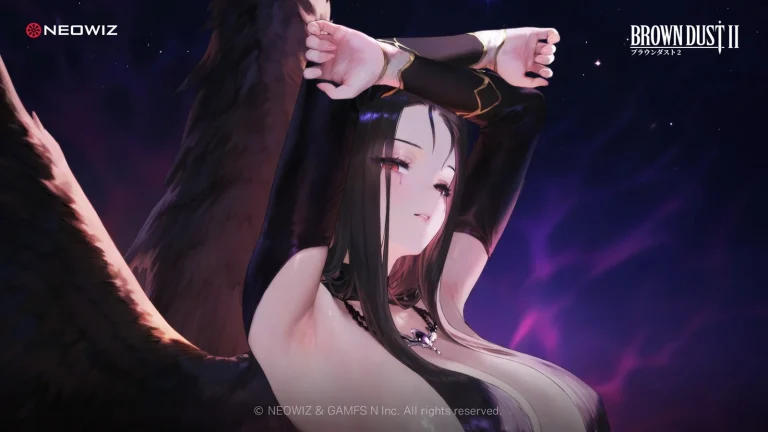
There’s always beauty in failures
Because people want to relive the eras of gaming they grew up in, or replicate it to experience it. Duh
Do people just not understand the concept of nostalgia?
It’s getting hilarious at this point how out of touch with gamers AAA developers and studios are getting. Good graphics do not equal good games and we have so many examples of this. There’s a reason why indie studios are becoming more and more of a threat. Also, never underestimate the power of nostalgia.
I don’t get why people write in haiku…
We worked so hard to write 1000 page novels providing the finest details and leave no room for ambiguity!
See, it’s not *wrong* to see texture-warping as charming, but at the same time… I see where Sugimoto’s coming from.
A lot of the graphics we see as “low-poly” and “stylized” now were cutting-edge back in the day. For example: you wouldn’t tell from the blocky flat-textured look, but Virtua Fighter’s character models pushed the limits of polygon counts.
Having lower quality graphics means that developers have more time to focus on the gameplay and story. It’s a response to gamers wanting finished, functional games while trying not to sacrifice on development time. PS1-era graphics are an unusual choice, but just make the game work and be reasonably priced and most gamers will be happy.
People also like records for their “warmth”, well most of us who grew up on the tail end of records, and eight track, were, and still are, blown away by what we got in CDs and even in mp3s. I don’t want to deal with hiss and pop and fragile vinyl. I get the nostalgia for 8 and 16 bit, but this is a little odd.
I feel like it’s more about the feeling of games back then. You knew when the game was released it was the full game. No micro transactions no patches. They had to put out the best they could to make money. Anytime I see those graphics it reminds me of when gaming was more about the passion and creativity than the money aspect l.
I remember being so horrified and upset that developers suddenly almost all made the switch to polygons right as pixel graphics were getting incredible. The tech wasn’t there and suddenly every game looked depressingly bad. Like, literally depressing. It might not have helped that I was a depressed teen. Now the nostalgic value is so high just because it refers to a time where I wasn’t constantly horrified and terrified and disgusted with 99% of everyone else in my species. I would trade my horror, terror, and disgust for my old depression in a heartbeat. But whoever has my depression, you should probably hold onto it. It’s so much better than any product of the present.
It’s nostalgia but I get why he would be baffled lmao
Of course. Before, it was the best anyone could do, so of course people were going to find any flaw possible to make fun of while they waited for technology to advance.
But now, it’s optional and intentional, and caters to the people who want to enjoy nostalgia. Now, some of that last generation want to try and recall that taste of when they were the target audience.
But some also haven’t changed since then. Those ones have done their best to try to keep up with the newer generation, just because they still get most of their confidence from sitting on the cutting edge and making fun of every nick and warping in the hard work that people at the forefront of their field have spent countless hours thanklessly grinding together.
I started on an Atari back in the day, all I’ve ever wanted was a video game that looked realistic, now we have them I’m happy. I don’t get the fascination with Indie games with bad graphics, and games like Minecraft or Fortnite. Yes gameplay is important but so are the graphics.
I didn’t read the article but it’s because it’s nastslgic, tell him it’s nastslgic
I get you wanted better graphics, but nowadays nostalgia and kids wishing they were around back then is a thing.
Some people can be as deep as a puddle when it comes to human psychology.
I think its important to remember that the ones looking for new ps1-era style gaming is mostly limited to harder gamers who dig into the indie dev scene. Compared to gamers as a whole, this is still a minority.. and Sugimoto’s perspective isn’t exactly unpopular. Its fun to delve into nostalgia, but most people still prefer better graphics, including millennials who are now building them.
I could see this developing into a separate style of gaming later on, but respectfully, I dont ever see it becoming wanted by the majority of players.
There is something about the PS1 graphics that look more realistic than some of the stuff from the PS2 and PS3 era. I think some of the pixelation and lack of definition actually works for it. Once the next gen consoles arrived all of that imperfection was replaced with more detail. But a lot of the new detail was either not accurate or cartoonish. It looked plastic and fake. The PS1 graphics almost looked like lower res photo realism. I think that’s why I loved the visuals of the PS1 so much more than some of the later games. The artwork (in terms of the graphical style and colors) were amazing too. Metal Gear Solid and Final Fantasy 7 had deep, rich, vibrant colors as well as a gritty realism. Their sequels used different art style which I didn’t like as much.
Dude has never heard the term nostalgia
Literally nostalgia. What’s not to get?
“I don’t understand why people are playing snes esc 2d indie games when we worked so hard to make 3d models.” NOSTALGIA!!
There’s an excellent YouTube video about this called “Realism in Games Doesn’t Have to Be Boring”. Watch it when you can.
I get it from a dev/artist/creator standpoint in that it seems we’re celebrating the shortcomings and failures they couldn’t fix, but those “shortcomings” were around during our formative years when it was the best we could ever get, it was like magic on a screen never before seen to a young child. In a weird way, in emulating those faults in the new games now, we’re paying tribute to the success they had with making those games in the first place!
It’s not about the warping etc, the thing that made FF7 the greatest Final Fantasy of all time was the story, and soundtrack. It would have been great if the remake was exactly the same story, no extra characters and stupid collect these 3/5/10 items and deliver them to… Could have kept it all the same with better graphics, which would have made it the greatest game of all time, but they butchered the story, at the end of the last game, already battled Sephiroth and it was so underwhelming, and Zak is still alive, and the dementors from Harry Potter makes zero sense.